LISBON, Portugal: New implant treatment techniques are constantly being developed as a result of technological progress, and this has created a need to update education in implant dentistry. Recently, researchers from Portugal, the UK and the US published a paper on trends in implant dentistry education which summarises the most effective training methods for this dental field. The paper discusses non-traditional methods and encourages dentists to seek professional education after their university training has ended.
In a literature review, works from the fields of active learning, blended learning, augmented reality, artificial intelligence, haptics and mixed reality were reviewed and the experiences and opinions of expert authors were considered.
The researchers stated: “One challenge in implant dentistry education is that professional learners who wish to learn are still, too often, taught in traditional ways of knowledge sharing rather than involving students directly in the application of knowledge to solve, or better still prevent, clinical problems.”
In their paper, the research team differentiated between two main learning models: action learning and blended learning. First, they considered action learning, which is a learning approach where people are committed to solving real-life problems through action. Nowadays, traditional theoretical lectures are being replaced by lectures with awe-inspiring images, dynamic videos and interactive exercises. These may include on-site learning, which involves applications to engage students, such as quizzes or anonymous question sessions, such as those held during international congresses. These sessions are especially beneficial for participants who would usually be too shy to ask questions.
In addition, online interactive learning in small working groups via social media was recommended by the review. This method allows dentists the opportunity to share their patient cases and the challenges and problems that they face in their daily practice. Webinars are also considered to be a good learning method, owing to their flexibility of location and their interactive aspects, such as question and answer sessions.
The paper also highlights that, besides online classes, hands-on exercises are an essential tool in implant dentistry training. For this purpose, standardised plastic models which mimic patients’ real situations are a good way of simulating implant placement. Digital planning, customised 3D-printed models, animal and human cadaver models, and dynamic navigation systems allow surgeons to practise in an interactive way, similar to real-life situations.
Scroll down
advertisement
Different studies have proved that hands-on experiments promote students’ learning and build on their intrinsic motivation. A survey conducted among 372 undergraduate students who experienced both passive and active learning showed that active instruction had more positive effects on their psychological and behavioural outcomes.
However, this method also has its limitations. Creating action learning experiences is costly, as usually more resources are needed. These resources may be in the form of facilitators, equipment and space, and these are not needed in the case of a single instructor giving a lecture in a lecture hall. In an action learning environment where participants are taking on new processes, there can be a sense of discomfort owing to unfamiliarity. Not all learners are comfortable revealing what they do not know to other participants, who may be strangers.
Secondly, the paper deals with blended learning, which is a term open to discussion. However, according to the authors, it is generally agreed that blended learning combines online and face-to-face interaction. Even though nowadays the obstacles of different time zones and geographical location can be overcome by technology, the implementation of blended learning programmes within mainstream dental implant education has been slow. According to numerous studies, this learning method provides superior outcomes when compared with more traditional teaching methods.
Artificial intelligence and machine learning (ML) are named as important technological contributions to blended learning, as they incorporate significant advances in computing power. Furthermore, augmented reality (AR) and virtual reality (VR) are considered innovative advances in implant dentistry education, since the former allows the user to feel as though he or she is connected to an enhanced environment. The latter brings together a combination of multiple technologies, allowing users to interact with virtual entities in real time.
Like action learning, blended learning has both advantages and disadvantages. Cost-savings and a shortage of teachers and supporting staff are often cited as reasons for implementing the use of technology in dental education. However, it is also claimed that the construction of sufficiently “real” environments requires expensive and sometimes technically challenging interface design. Another issue and potentially important limitation concerns data and user privacy.
“Education in implant dentistry will evolve quickly over the next decade as technologies already being used in other industries are incorporated into new and innovative learning models. […] Going forward, instead of traditional models of education being used to achieve all educational objectives, now traditional formats that will be ineffective with today’s learner will be replaced, where appropriate, with online education, AR, ML, VR, and MR [mixed reality],” stated the authors.
The study, titled “Innovative trends in implant dentistry training and education: A narrative review”, was published in the October 2019 issue of the Journal of Clinical Medicine.
ALEXANDRIA, Va., U.S.: This year marks the centennial of the Journal of Dental Research (JDR), a peer-reviewed medical journal that disseminates new ...
SYDNEY, Australia: Taking a thorough medical history is vital as it helps to identify conditions that may affect dental treatment and consequently reduces ...
ROME, Italy: World Food Day is celebrated annually on 16 October, marking the day the Food and Agricultural Organization (FAO), a United Nations agency, was...
GIEßEN, Germany: Researchers from the Institute of Organic Chemistry at the Justus Liebig University Gießen have developed a synthetic compound that ...
BRISBANE, Australia: Pregnancy is a unique experience in a woman’s life; however, it may significantly affect her own and her child’s oral health. ...
As digitalisation increases and artificial intelligence (AI) introduces new possibilities, workflows, diagnosis and treatment processes are becoming more ...
BUDAPEST, Hungary: Research shows that healthcare systems contribute 4.4% of global greenhouse gas emissions, and dentistry plays a significant role in this...
Taking place on 27 June, the Digital Dentistry Symposium 2025 will mark the launch of a new series of online educational events focused on key areas of ...
TOKYO, Japan: In oral and maxillofacial surgery and other fields of dentistry, the use of 3-D patient-specific organ models is increasing, and this has ...
OPORTO, Portugal: A recently published paper, which is the second of a three-part series on the management of COVID-19 in clinical dental care settings, ...
Live webinar
Mon. 12 January 2026
9:00 am EST (New York)
Prof. Judith Jones D.D.S; M.P.H., Prof. Kakuhiro Fukai D.D.S., Ph.D, Dr. Bathsheba (Bethy) Turton
Live webinar
Wed. 14 January 2026
12:00 pm EST (New York)
Dr. Théo Laplane, Dr. Robert Gottlander DDS
Live webinar
Fri. 16 January 2026
12:00 pm EST (New York)
Live webinar
Mon. 19 January 2026
1:00 pm EST (New York)
Philipp Kopp, Michael Seeber
Live webinar
Thu. 22 January 2026
2:00 pm EST (New York)
Dr. Nicola M. Grande DDS, PhD
Live webinar
Wed. 28 January 2026
8:00 am EST (New York)
Live webinar
Wed. 28 January 2026
11:00 am EST (New York)
Prof. Dr. Jan-Frederik Güth



 Austria / Österreich
Austria / Österreich
 Bosnia and Herzegovina / Босна и Херцеговина
Bosnia and Herzegovina / Босна и Херцеговина
 Bulgaria / България
Bulgaria / България
 Croatia / Hrvatska
Croatia / Hrvatska
 Czech Republic & Slovakia / Česká republika & Slovensko
Czech Republic & Slovakia / Česká republika & Slovensko
 France / France
France / France
 Germany / Deutschland
Germany / Deutschland
 Greece / ΕΛΛΑΔΑ
Greece / ΕΛΛΑΔΑ
 Hungary / Hungary
Hungary / Hungary
 Italy / Italia
Italy / Italia
 Netherlands / Nederland
Netherlands / Nederland
 Nordic / Nordic
Nordic / Nordic
 Poland / Polska
Poland / Polska
 Portugal / Portugal
Portugal / Portugal
 Romania & Moldova / România & Moldova
Romania & Moldova / România & Moldova
 Slovenia / Slovenija
Slovenia / Slovenija
 Serbia & Montenegro / Србија и Црна Гора
Serbia & Montenegro / Србија и Црна Гора
 Spain / España
Spain / España
 Switzerland / Schweiz
Switzerland / Schweiz
 Turkey / Türkiye
Turkey / Türkiye
 UK & Ireland / UK & Ireland
UK & Ireland / UK & Ireland
 Brazil / Brasil
Brazil / Brasil
 Canada / Canada
Canada / Canada
 Latin America / Latinoamérica
Latin America / Latinoamérica
 USA / USA
USA / USA
 China / 中国
China / 中国
 India / भारत गणराज्य
India / भारत गणराज्य
 Pakistan / Pākistān
Pakistan / Pākistān
 Vietnam / Việt Nam
Vietnam / Việt Nam
 ASEAN / ASEAN
ASEAN / ASEAN
 Israel / מְדִינַת יִשְׂרָאֵל
Israel / מְדִינַת יִשְׂרָאֵל
 Algeria, Morocco & Tunisia / الجزائر والمغرب وتونس
Algeria, Morocco & Tunisia / الجزائر والمغرب وتونس
 Middle East / Middle East
Middle East / Middle East
























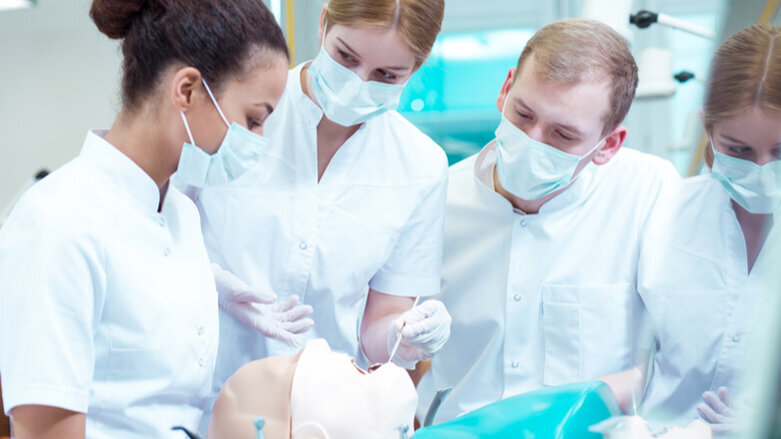

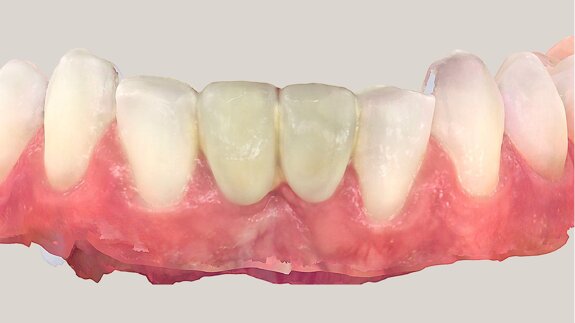

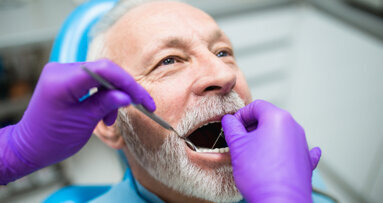




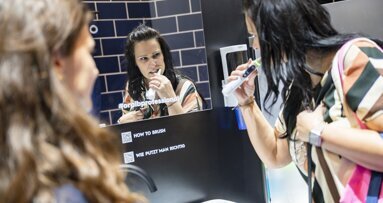
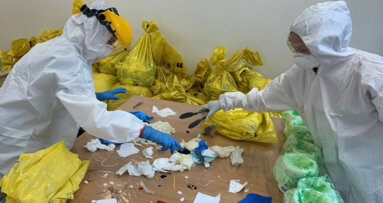
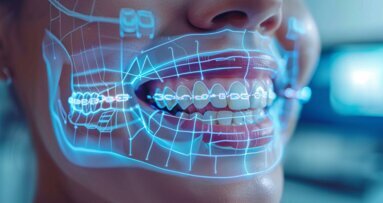
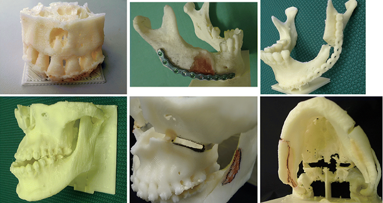











To post a reply please login or register